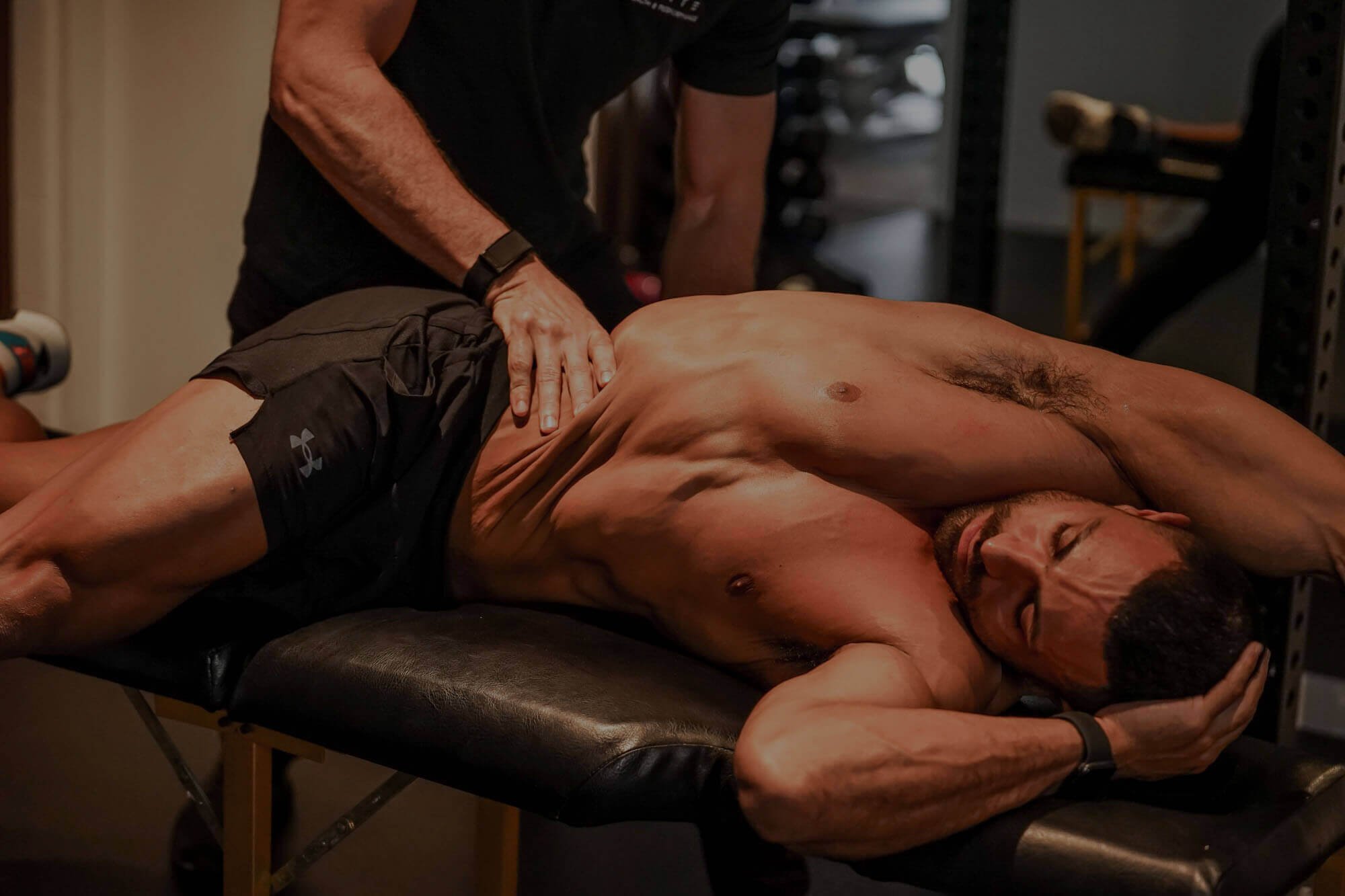
Our Techniques
-

Active Release Technique
Muscle release techniques that involves shortening and lengthening the muscle under pressure to break up scar tissue and muscle tightness.
-

Joint Manipulation
Specific joint mobilisation increasing movement and restoring function to specific segments. Aiding in pain relief, normalising nerves, joints and muscle spasms.
-

Musculoskeletal Dry Needling
Used to break up muscle, ligament and fascial tension and increase blood flow to increase the body’s natural healing process.
-

Injury Rehabilitation
Injury specific exercises to strengthen muscle and restore correct biomechanics.
-

Kinesio Tape
Taping technique which increases healing, stability and proprioception.
-

Functional Movement Systems (FMS)
A pre-participation screening tool designed to identify compensatory movement patterns.
-

Selective Functional Movement Assessment (SFMA)
A series of 7 full body movements to diagnose and assess fundamental movements.
-

Fascial Abrasion Technique (FAT)
A tool that is used to restore fascia allowing for correction in movement.
-

Myofascial Cupping
Fascial stretch technique which also promotes local blood flow for injury restoration and prevention.
